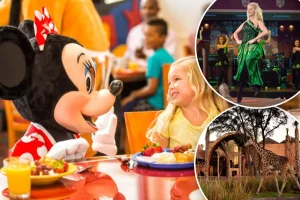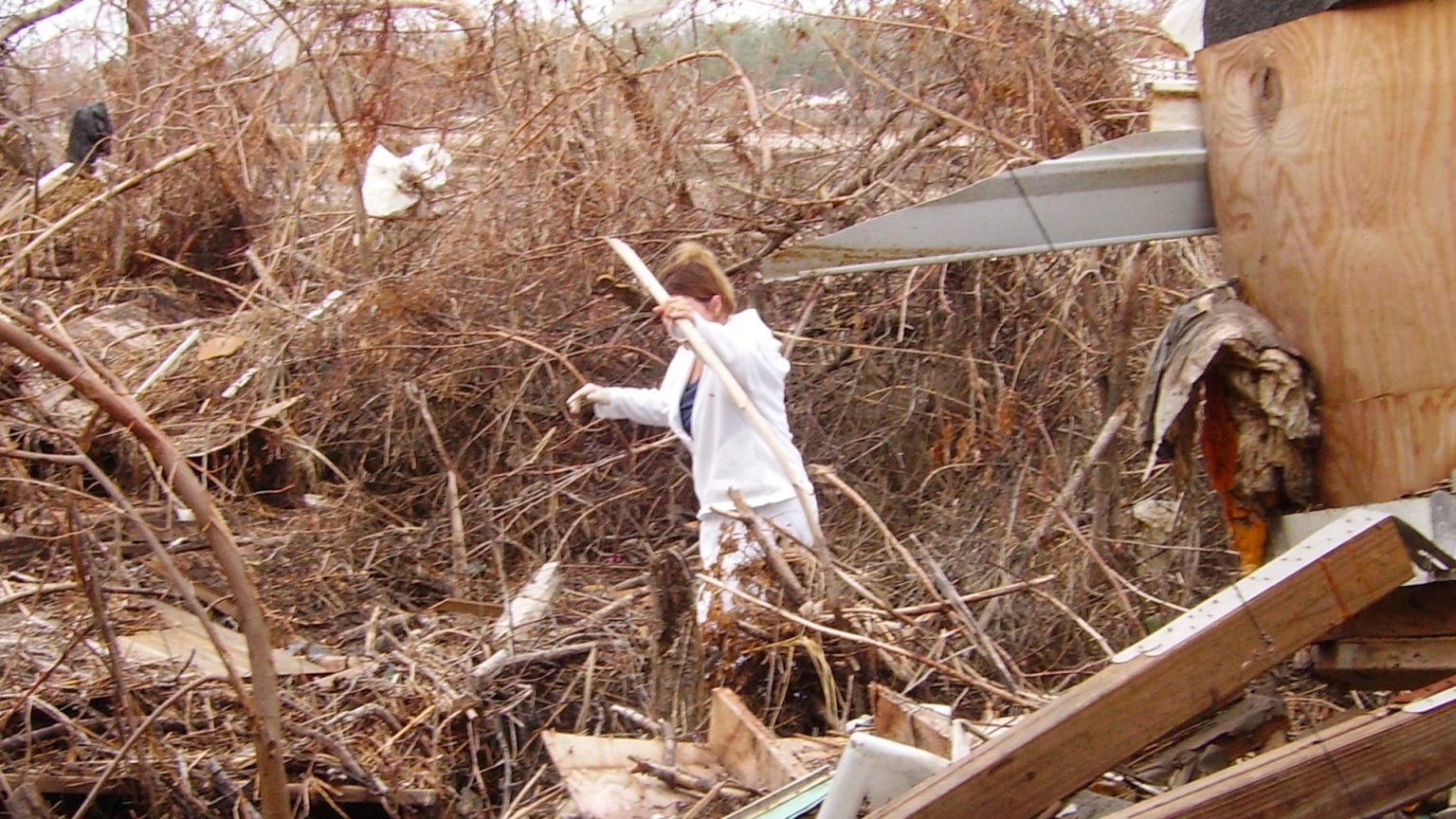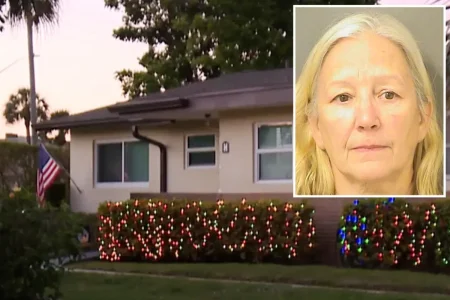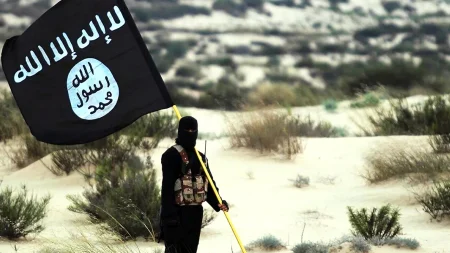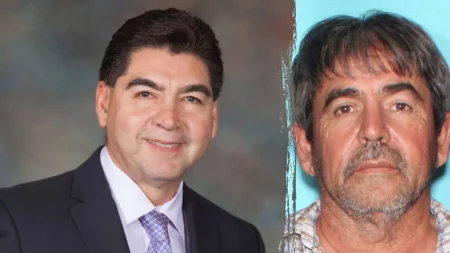Remembering Hurricane Katrina: 20 Years of Resilience and Reflection
Two decades have passed since Hurricane Katrina made landfall on the Gulf Coast as a Category 3 storm, forever changing the landscape and lives of countless communities across Louisiana and Mississippi. What began as a weather event transformed into one of America’s most devastating natural disasters, remembered not just for its powerful winds but for the catastrophic storm surge that breached levees, flooded neighborhoods, and claimed over a thousand lives. On August 29, 2005, Katrina struck the Louisiana-Mississippi border, turning everyday reality into a nightmare that continues to shape the region’s identity and resilience.
For seven-year-old Corrine English from the small fishing town of Buras in Plaquemines Parish, Louisiana, the hurricane marked a profound turning point. “Part of me feels like it was just yesterday because of the feeling of thinking about everything being taken away from us,” she reflects now. “It just feels really raw.” English vividly remembers watching her mother’s reaction to news reports as Katrina’s eye centered directly over their hometown—a moment when childhood innocence collided with devastating reality. “I think that’s when I realized something was really wrong,” she recalls, noting her mother’s emotional response. “This isn’t going to be something where we can just pack our suitcases back up and go back home.” Indeed, nearly everything English knew was swallowed by floodwaters, with entire neighborhoods disappearing beneath the surge. For her family and others, survival meant not only weathering the physical storm but finding ways to maintain normalcy for their children while processing their own trauma. “Not only were they going through this as parents who had watched on TV their entire world washed away,” English says, “they had to figure out how to make it normal for two 7-year-olds and a 10-year-old.”
Meanwhile, sixty miles north in New Orleans, Louisiana National Guard member Corbett Reddoch found himself inside the Superdome, where what was expected to be a routine emergency shelter operation quickly deteriorated into chaos. “You’d come in, the storm would pass, and then everybody would leave,” Reddoch recalled of the typical disaster response protocol. But when the city’s levee system failed catastrophically, thousands became trapped inside the stadium as supplies dwindled and conditions worsened by the hour. “It was basically a three-day fist fight…people didn’t know how to act,” Reddoch explains, describing the desperation that took hold as the city outside remained underwater with no immediate rescue in sight. The Superdome, designed as a temporary haven, became a symbol of governmental failure and human suffering as evacuees waited for help that seemed painfully slow to arrive.
Across the state line in Mississippi, where Katrina’s storm surge devastated much of the Gulf Coast, former Gulfport Police Chief Leonard Papania reflects on the universal nature of the loss. “Everybody had a loss,” he says simply, capturing how the disaster cut across all social and economic boundaries. As a young lieutenant at the time, Papania remembers walking through his hometown’s streets in the storm’s aftermath, unable to recognize places he’d known his entire life. “It was just heart-stopping, the area I grew up in, I’ve lived here all my life,” he recalls. “You didn’t even know where you were.” The disorientation was both geographical and emotional—Papania himself lost his home while trying to coordinate emergency response efforts. For emergency management coordinator Rupert Lacy, who had survived Hurricane Camille as a child in 1969, Katrina still managed to exceed his worst expectations: “For Katrina, I had that vision that this is what I’m going to see…I just didn’t realize it was going to be on steroids.” The comparison is particularly telling, as Lacy notes, “Buildings that survived Camille did not survive Katrina,” underscoring the unprecedented power of the 2005 storm’s surge.
Twenty years later, both states show remarkable signs of recovery alongside permanent changes to their landscape and culture. In Gulfport, blue skies and palm trees frame a rebuilt community that looks markedly different from its pre-Katrina incarnation. Emergency officials emphasize how the disaster transformed their approach to crisis management: “We do plan for the potential failures of our systems,” explains one Gulfport emergency leader. “We do have paper backups, we have alternate forms of communication.” These practical changes reflect deeper lessons about preparation and resilience that continue to guide disaster response protocols throughout the region. The Salvation Army and other relief organizations also revolutionized their approaches based on Katrina’s lessons, creating more adaptable and comprehensive disaster relief frameworks that have been implemented in subsequent crises nationwide.
For survivors like Corrine English, the passage of time has created a complex relationship with memory. Her childhood Build-A-Bear—carried through evacuation and preserved through two decades—stands as perhaps the only tangible connection to her pre-Katrina life. “Sometimes it feels like yesterday,” she reflects. “Other times it feels like it was 100 years ago, because my life has changed so much. And it’s hard not to wonder what my life would have been like if that didn’t happen.” This sentiment echoes across countless Gulf Coast communities, where Katrina serves as both a dividing line in personal histories and a testament to human resilience. As Leonard Papania aptly observes, “In moments like these, you don’t build character, you demonstrate it.” While acknowledging the profound impact of living through such devastation, he offers perhaps the most succinct summary of the experience shared by many survivors: “I always say I wouldn’t trade the experience I had in Katrina, but I absolutely don’t want to do it again.” Twenty years later, as the Gulf Coast continues to rebuild and thrive, this balanced perspective of valuing the lessons while acknowledging the trauma demonstrates how communities can move forward without forgetting their past.
